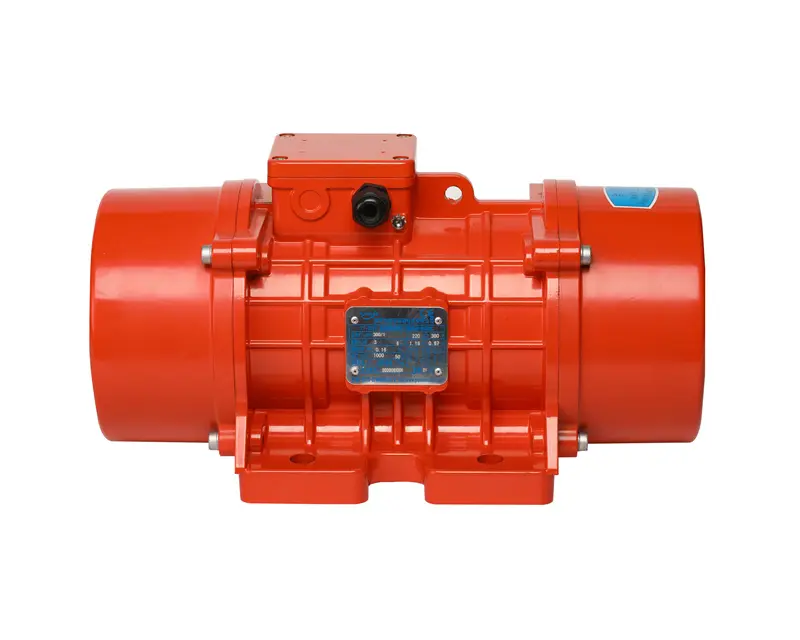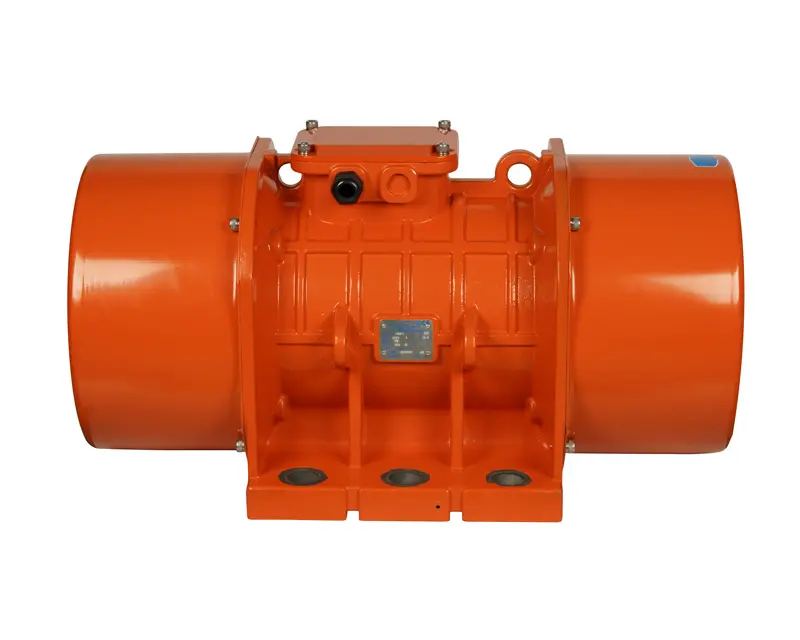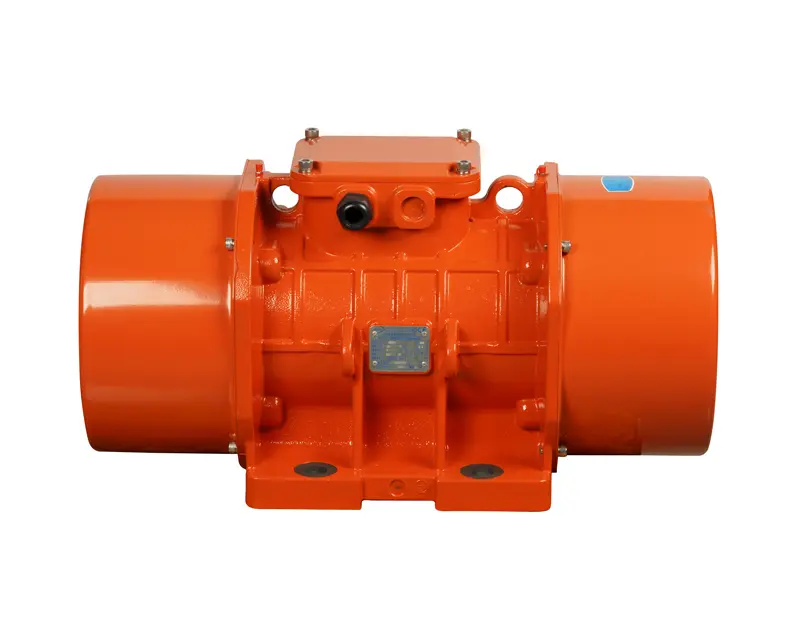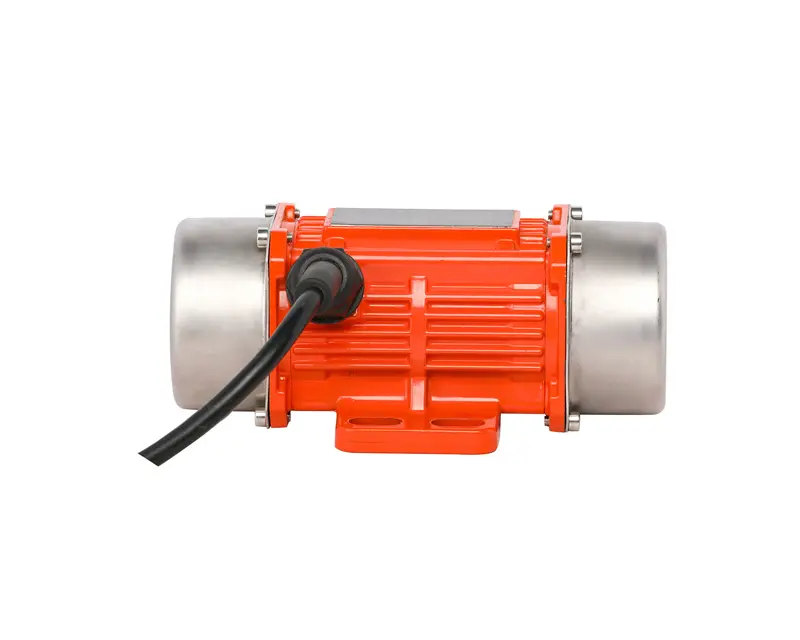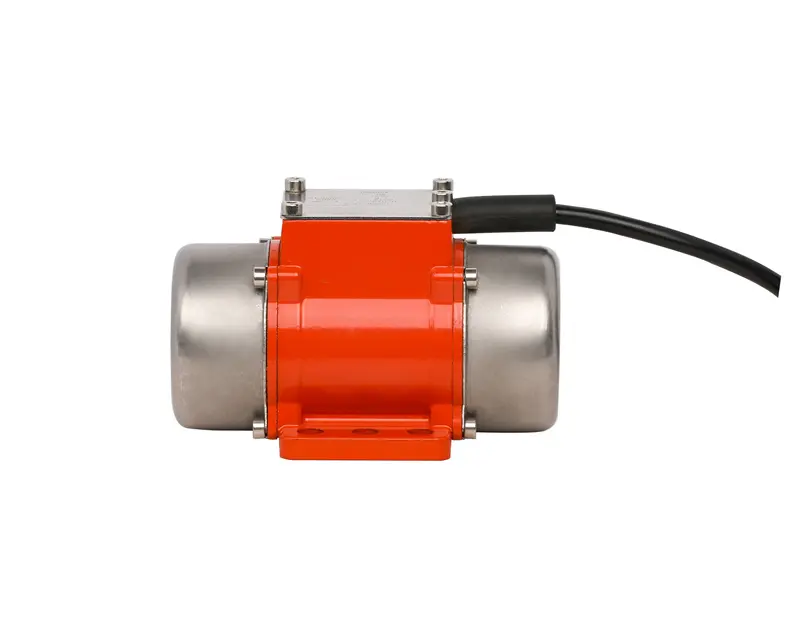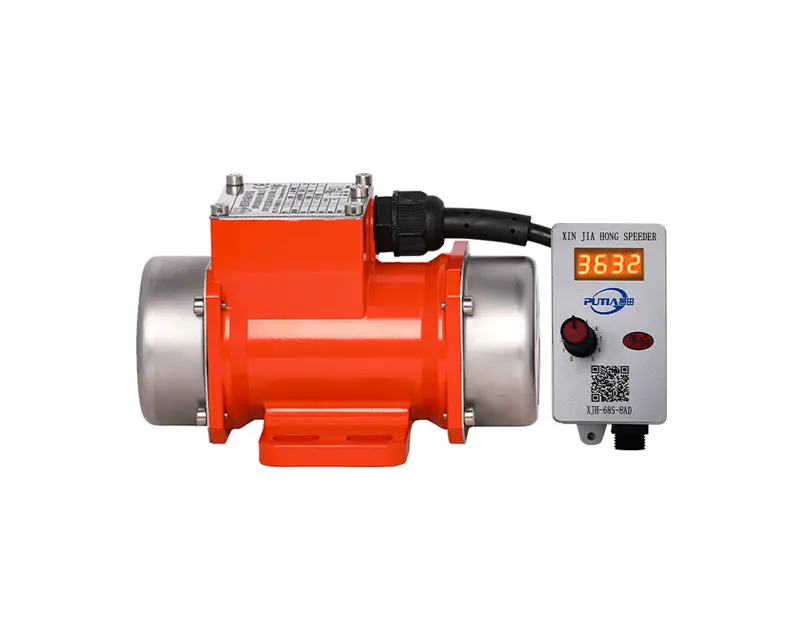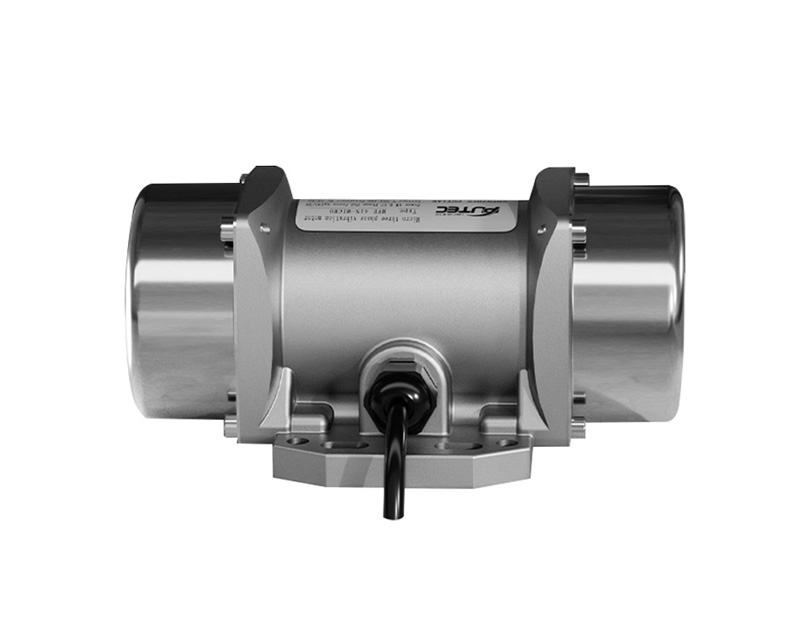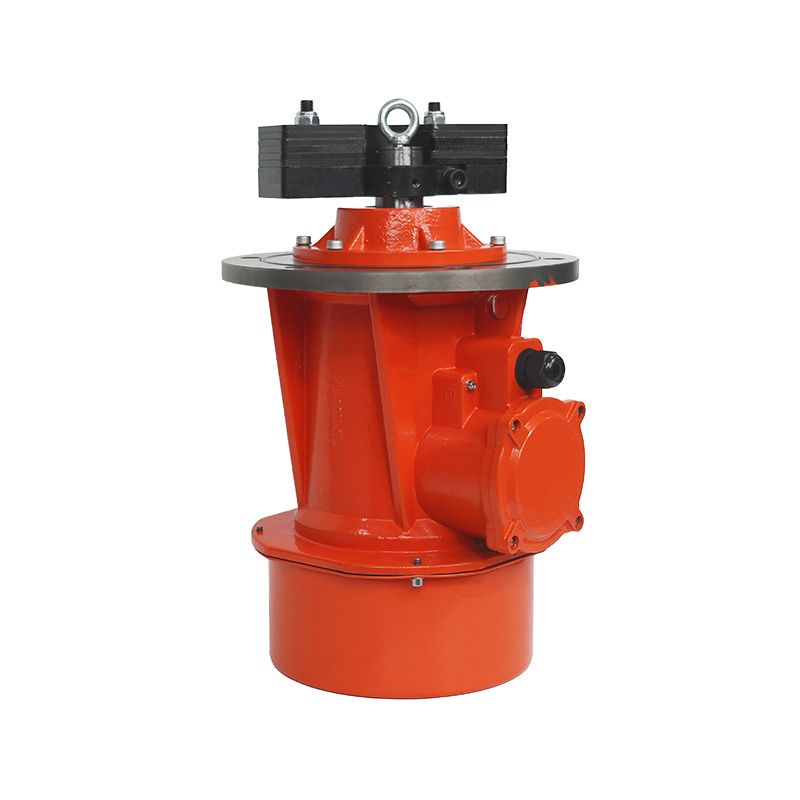Enhancing Vibration Technology With Ultrasonic And Brushless Motors
 Apr-11-2024
Apr-11-2024
 Industry News
Industry News
In the realm of vibration technology, the convergence of ultrasonic and brushless motor vibration technologies represents a significant leap forward in efficiency, precision, and reliability. Combining the unique characteristics of ultrasonic vibration motors and brushless motors unlocks a plethora of opportunities across various industries, from manufacturing and robotics to medical devices and consumer electronics.
Ultrasonic Vibration Motors:
Ultrasonic vibration motors operate on the principle of piezoelectricity, where electrical energy is converted into high-frequency mechanical vibrations. These motors utilize piezoelectric materials, such as quartz or lead zirconate titanate (PZT), to generate ultrasonic vibrations with frequencies ranging from tens of kilohertz to several megahertz.
One of the key advantages of ultrasonic vibration motors is their ability to produce precise and controlled vibrations with small energy consumption. This makes them ideal for applications requiring fine movements or delicate manipulations, such as precision machining, ultrasonic welding, and microfluidic systems.
Furthermore, ultrasonic vibration motors offer silent operation and low electromagnetic interference (EMI), making them suitable for use in noise-sensitive environments and electronic devices.
Brushless Motors in Vibration Applications:
Brushless motors, also known as electronically commutated motors (ECMs), have gained prominence in various industries due to their efficiency, reliability, and longevity. Unlike traditional brushed motors, brushless motors utilize electronic commutation to control the speed and direction of rotation, resulting in smoother operation and reduced wear and tear.
In vibration applications, brushless motors offer several advantages over their brushed counterparts. Their brushless design eliminates the need for mechanical brushes, reducing friction and maintenance requirements. Additionally, brushless motors can operate at higher speeds and produce more consistent vibrations, making them well-suited for demanding applications such as industrial automation, robotics, and haptic feedback systems.
Moreover, brushless motors can be integrated with advanced control algorithms and sensors to optimize performance and enhance operational efficiency. This allows for precise control of vibration parameters, such as frequency, amplitude, and phase, enabling tailored solutions for specific application requirements.
Synergies between Ultrasonic and Brushless Technologies:
The integration of ultrasonic vibration motors with brushless motor technology presents exciting opportunities for innovation and advancement in vibration applications. By combining the precision and energy efficiency of ultrasonic motors with the versatility and reliability of brushless motors, engineers can develop next-generation systems with exceptional performance and capabilities.
For example, in medical imaging devices, the precise control and low vibration amplitude provided by ultrasonic motors can improve imaging quality and patient comfort, while the reliability and smooth operation of brushless motors ensures consistent performance over extended periods of use.
Similarly, in industrial automation and robotics, the high-speed and torque capabilities of brushless motors can complement the precision and agility of ultrasonic motors, enabling more efficient and flexible manufacturing processes.
In conclusion, the integration of ultrasonic vibration motors and brushless motor technology represents a paradigm shift in vibration applications, offering enhanced performance, reliability, and versatility. By leveraging the unique strengths of these technologies, engineers can unlock new possibilities in fields such as manufacturing, healthcare, and consumer electronics, driving innovation and progress in the digital age. As research and development efforts continue to push the boundaries of what is possible, we can expect to see even more groundbreaking advancements in vibration technology in the years to come.


 English
English русский
русский Português
Português عربى
عربى فارسی
فارسی
